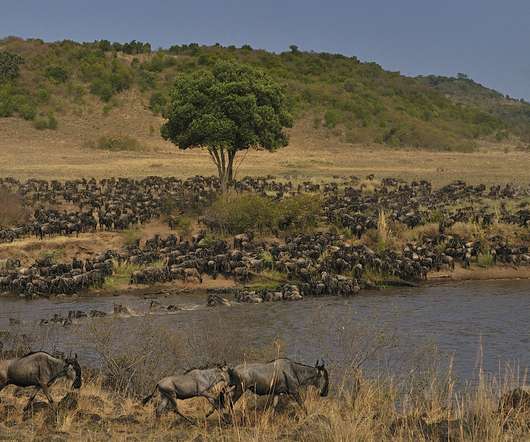Good news for the Wood Stork
10,000 Birds
JULY 3, 2014
The wood stork occurs and breeds in Central and South America. are considered a distinct population segment, which is protected by the ESA and the Migratory Bird Treaty act. Fish and Wildlife Service, I was involved in various aspects of the species habitat protection largely on the regulatory arena. Photo: U.S.












Let's personalize your content